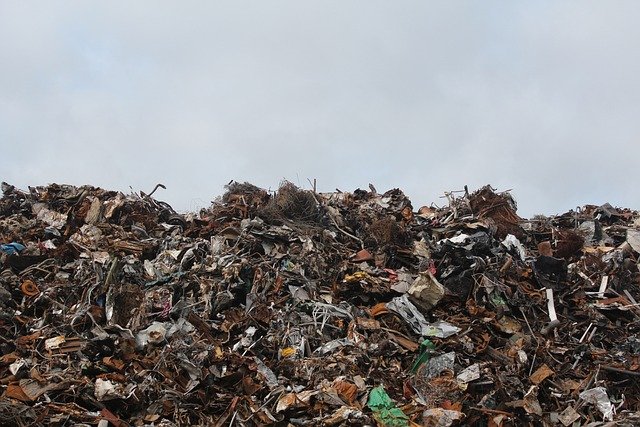Waste Management Services: Jobs, Recycling, and Environmental Impact
A waste management service coordinates collection, transport, treatment, and disposal of household, commercial, and industrial waste. These services are essential to public health, resource recovery, and urban cleanliness. Understanding how modern waste systems work helps communities reduce landfill use, increase recycling, and create stable career pathways in an industry that touches daily life and the broader environment.

What is a waste management service?
A waste management service includes the planning and operation of systems that handle waste from the point of generation to final disposal or reuse. Typical components are curbside collection, transfer stations, material recovery facilities, composting, incineration with energy recovery, and regulated landfills. Providers—public or private—must comply with local regulations, safety standards, and environmental permits to protect communities. Effective services balance operational efficiency, regulatory compliance, and customer needs, while incorporating strategies to divert waste from landfills through reuse and recycling.
A well-run waste management service also involves public education, data tracking, and collaboration with local services such as sanitation departments, haulers, and recycling markets. Technology like route optimization, monitoring sensors, and digital customer portals are increasingly used to reduce costs and improve service reliability. Understanding these elements helps residents and businesses make informed decisions about service levels and waste reduction practices.
How does recycling fit into services?
Recycling is a core function within many waste management services, designed to recover materials and reduce the volume of waste sent to landfill. Programs typically separate recyclables at the source (single-stream or multi-stream), sort them at material recovery facilities (MRFs), and prepare sorted commodities for sale to remanufacturers. Commonly recovered materials include paper, cardboard, certain plastics, glass, and metals. The effectiveness of recycling depends on participation rates, correct sorting, and market demand for recycled materials.
Challenges for recycling programs include contamination (incorrect items in bins), fluctuating commodity prices, and the need for local processing capacity. Many services now emphasize reduction and reuse alongside recycling—encouraging consumers and businesses to choose products with less packaging, participate in take-back programs, and support circular-economy initiatives that turn waste into new products or energy.
Careers and job paths in waste management
A career in waste management can range from frontline collection drivers and equipment operators to engineers, environmental scientists, logisticians, and policy specialists. Job roles include collection technicians, facility managers, MRF operators, recycling coordinators, landfill engineers, and health-and-safety officers. Many positions require vocational training, certifications in heavy equipment operation, or technical degrees in environmental science or engineering; others provide on-the-job training and opportunities for advancement.
The industry also offers roles in customer service, GIS and route planning, sustainability strategy, and business development. For people seeking a stable job that contributes to public health and the environment, waste management can be rewarding. Employers frequently prioritize safety, reliability, and regulatory knowledge, and career pathways can lead to supervisory or technical specialist roles over time.
How services protect the environment
Properly managed waste systems mitigate pollution risks, limit greenhouse gas emissions from decomposing organic waste, and reduce uncontrolled dumping that can harm ecosystems. Techniques such as landfill gas capture turn methane into energy, while composting diverts organic material back to soil, improving carbon sequestration. Recycling reduces the demand for virgin raw materials, lowering energy use and the environmental footprint of manufacturing.
Environmental benefits depend on strong operational practices, regulatory oversight, and community participation. Monitoring, leachate control, and proper hazardous-waste handling are critical to preventing soil and water contamination. Waste management services also play a role in emergency response and public-health protection by ensuring timely removal and safe disposal of waste during crises.
Choosing local waste management services
When evaluating local services, consider collection frequency, accepted materials, recycling program details, special pickup options for bulky items or hazardous waste, and how the provider handles organics and electronics. Businesses should review service level agreements, contamination policies, and diversion reporting. Municipalities often offer guides on acceptable materials and calendar schedules, while private providers may offer bespoke solutions for commercial clients.
Assessing a provider’s commitment to sustainability—such as investments in MRF upgrades, composting capacity, or landfill gas-to-energy projects—can indicate long-term reliability. Public feedback, customer service responsiveness, and transparent reporting on diversion rates are useful indicators of performance. Choosing the right mix of services helps households and businesses reduce environmental impact while meeting operational needs.
In summary, waste management services are complex systems that safeguard public health, support recycling, and provide diverse job opportunities. Understanding how collection, processing, and disposal work—and how local services operate—enables informed decisions that benefit communities, careers, and the environment.






